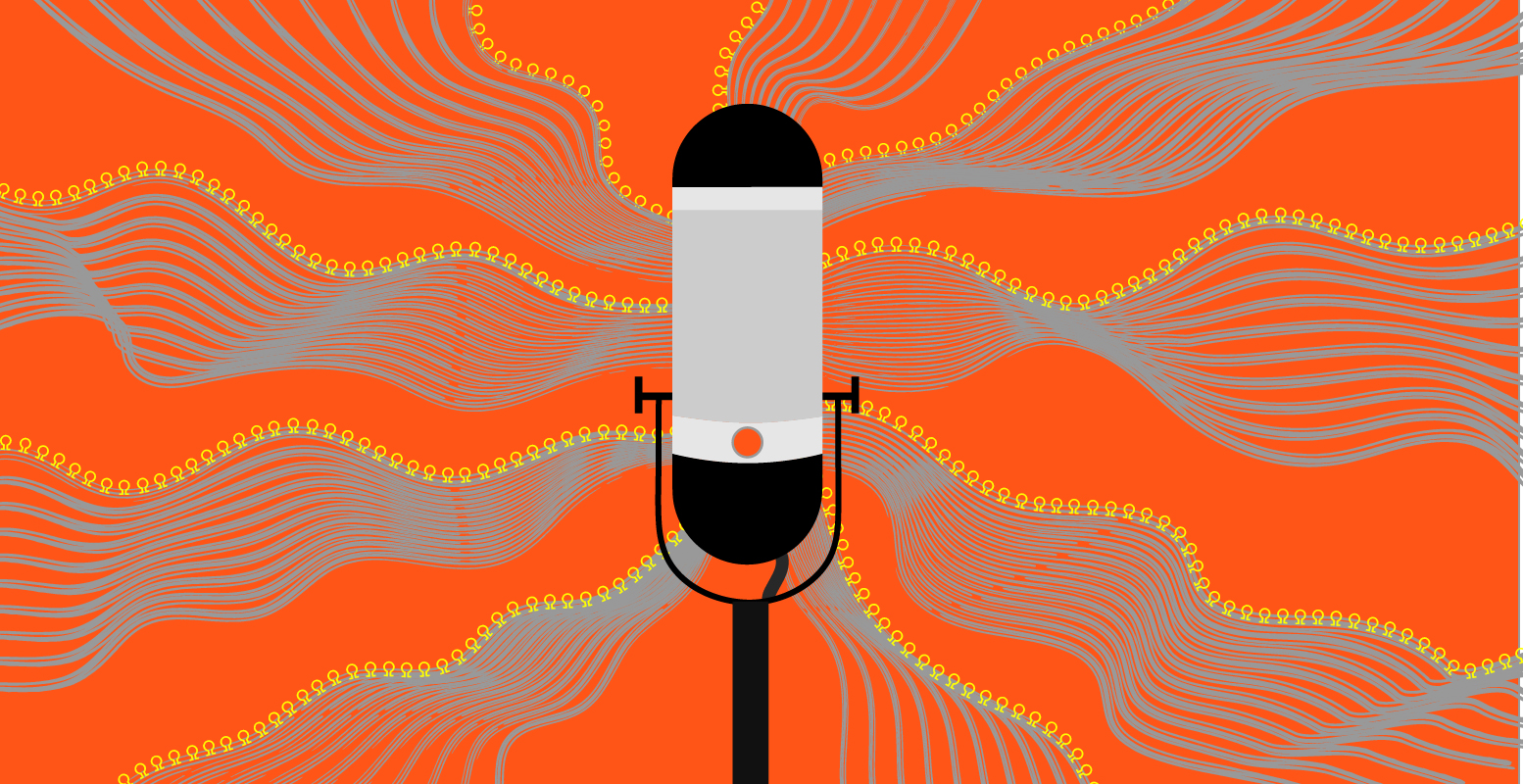I had this question as well when I got M4, because I chose M4 for its nice looking figures, and I naively believed that the better figures it have the better sound quality it shows. I was absolute wrong, the preamp sounds a little bit brittle and edgy but stays clean in general. So the M4 gave me a good lesson about sound quality and parameter.
I have no idea what you are talking about.
I just had 4 audio interfaces to directly compare and the M4 sounds awesome with my Rode PodMic dynamic mic (which is a $99.99 wonder and is a bit power hungry). I prefer the sound of this with both recording and audio output as opposed to:
-Focusrite 18i20 3rd Gen $549.00
-Audient ID14 Mk2 $300.00
-Audient EVO 8 $200.00
-M-Audio Air 192/4 $119.99
This is using them as the sound out and input device, as well as using my Topping E50 as the sound output device.
It sounds more dynamic and better balanced than any of these. I am not hearing "brittle, edgy sound" at all.
Sure, maybe if you have boutique mic preamps sitting around to compare it, it would come up short (as would any audio interface, even high end ones). You are mentioning mic preamps that cost more than this audio interface, so I would expect they would sound better!
Saying you do not like the sound is fine, saying it sounds, "Bad" is a poor choice of words, and even based on specs, makes no sense. I expected the Audient ID14 MK2 would sound better using the same mics and the built-in preamps, considering Audient's pedigree. It was not the case, the M4 sounds better both recording the mic and the output (using it as the computer's main sound device). This is likely due to using ESS as the DAC.
My voice (recorded with Audacity and no special settings besides setting the recording to mono) sounds exactly as in person and really makes my Rode dynamic mic sound it's best. I am not hearing any audio issues, sound quality issues, it sounds really good and I am playing it through a Denon x3500 receiver with Polk Audio Signature S55 towers and a complete Signature ATMOS setup with a RSL Speedwoofer 10S.
You must either have a problem with your setup, or a defective unit. The only other thing that would make sense is if you are using a hard to drive ribbon microphone with no cloudlifter, then I can see this having trouble with sounding good in that scenario. You are going to run into issues with any audio interface with something like that!
There is absolutely no issue running my Rode PodMic, Audio Technica ATK2100, or Marantz MPM-1000 mics with this MOTU M4. All three sound good, but the PodMic sounds the best of the three easily. It is also the hardest to drive of the three.

